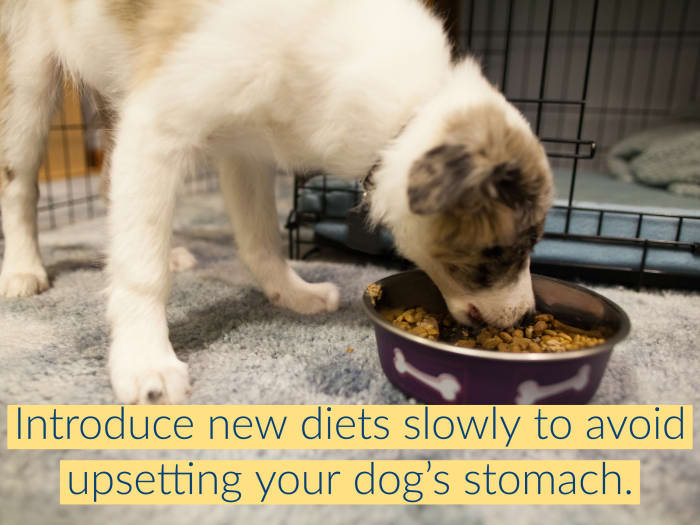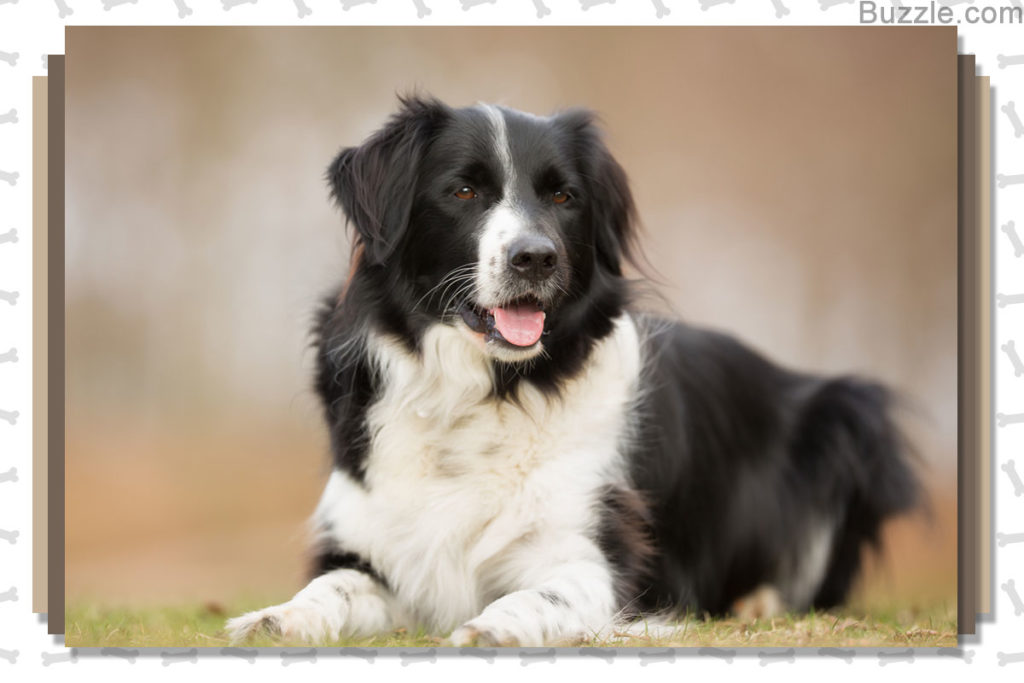

He may tear it up into smaller pieces first. Even though it’s gross, it’s perfectly normal for your dog to re-eat his regurgitated food. The expelled contents are usually stuck together, covered in mucus, and almost completely undigested. When your dog swallows something that’s too large, he simply brings it back up. Your dog will eject them if they don’t sit right in his stomach … or if the bone or chew is too big to swallow. The timing often depends on what your dog ate … kibble, cooked homemade, processed raw or traditional raw … including bone. Bones and chews are especially subject to regurgitation. Regurgitation can happen in seconds, minutes or within an hour. Note: I’m focusing on food regurgitation here … but check the When You Should Ask Your Vet section for some comments on fluid regurgitation. The simple description of regurgitation is when your dog brings his food back up, shortly after eating it. This can also happen with fluids … with your dog spewing out water right after he has a big drink. Excess fermentation of food in the stomachīut burping is a topic for another day … so let’s get back to regurgitating.Lack of hydrochloric acid or other secretions.Burping can happen for a number of reasons. Small amounts of food can come up with the gas. RELATED: For an in-depth look at vomiting, read my article here …Īnd there’s one other distinction I want to make … Burping Or Excess Acidīurping can also be confused with regurgitation … and it originates in the stomach. Many times, you’ll see your dog doing four-on-the-floor bracing while he expels the contents of his stomach. It has a unique color, texture and smell.
#Dog poop encased in mucus plus#
Unlike regurgitated food, vomit is mostly digested food, plus bile and foam. Vomiting comes from the stomach and the upper intestines. Or the perplexed, worried vomit face we’ve all seen. When your dog is about to vomit, you might see signs of nausea … like excessive drooling, lip smacking. Dogs have short digestive tracts that allow rapid toxin expulsion. It’s usually a sign of a digestive imbalance. Vomiting is your dog expelling a toxic or unwanted substance. A dog’s esophagus allows for easy evacuation. And whatever food your dog regurgitates will look about the same as when he ate it. Regurgitating doesn’t involve any abdominal heaving.

The purpose of regurgitation is an adjustment. Brought to you by Pet Insurer, Wag! Wellness lets pet parents compare insurance plans from leading companies like FIGO and Nationwide.Here are some key differences between regurgitating and vomiting. If your dog is at risk of developing mucusy stool, check out our pet insurance comparison tool. If foreign objects or tumors are suspected x-ray and ultrasound imaging may be used to try and detect them.

If a definitive diagnosis has not been determined by this point, additional tests will depend on signs and on the results of previous tests. The fecal float test can help your veterinarian to determine if adult parasites are present in the canine’s system and the colonoscopy allows a visual inspection of the large intestine to detect tears or other inconsistencies. A colonoscopy and a fecal float may also be recommended. A biochemistry profile, complete blood count, and urinalysis may be recommended to determine the underlying cause. Questions regarding your dog’s diet and appetite will be asked, as well as inquiries about whether any vomiting or diarrhea has been recently observed.

#Dog poop encased in mucus full#
In order to make a diagnosis your veterinarian will want a full history of the animal, as well as a general physical exam.


 0 kommentar(er)
0 kommentar(er)
